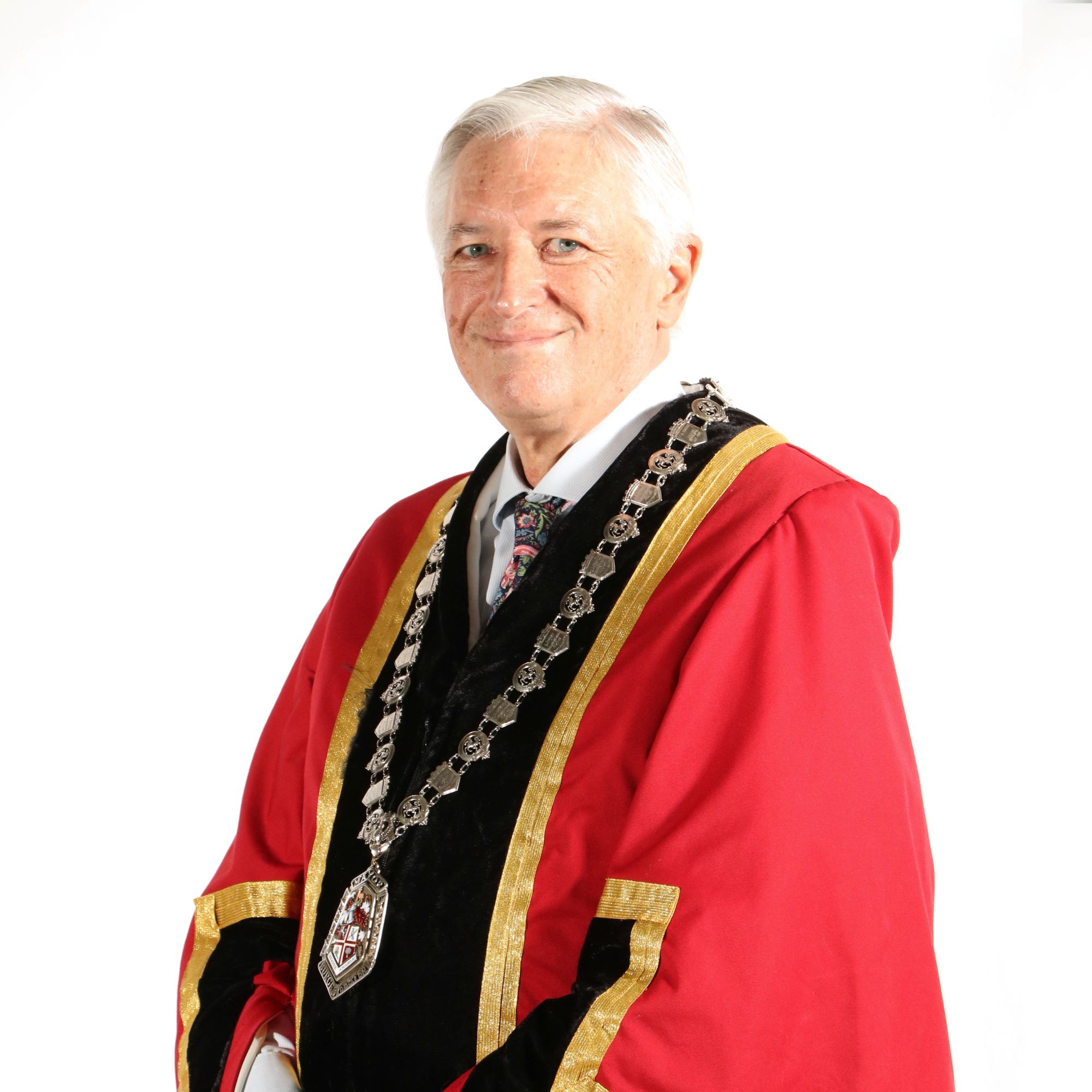Mayor’s newsletter for George Herald of 28 July 2022

Following a recent discussion with some citizens about the new electricity tariff structure that was introduced from 1 July 2022, I believe it is useful to provide the following explanation.
George is one of the last municipalities to shift over to the separation of fixed and energy charges for electricity as required by NERSA. The principle being applied is that there needs to be a recovery (in the form of a fixed charge) for the operational and maintenance costs relating to the fixed network infrastructure owned by the municipality valued at R2,5 billion. This network comprises the transformers, substations, powerlines, etc. This makes up the distribution network that delivers energy to households and businesses. Each consumer has a different capacity requirement depending on their specific needs and usage patterns.
Due to the tariff changes, all customers had to be placed in a certain capacity. The Municipality has used the historical kWh usage patterns to determine this capacity. Although this is not a definitive factor to determine the capacity required it is the most realistic data available. If the actual installed capacity were to be applied, the majority of consumers would be on 60 Amps which would expose consumers to a fixed charge of more than R350 per month. That is why consumers are requested to make the selection themselves or remain with the capacity selected by the municipality based on historical consumption.
In this way, domestic consumers using less than an average of 600 units (Kilowatt Hours) monthly (approximately 75% of domestic users) are placed on a 20 Amp capacity. If they manage their load well, they should be able to function on this capacity. A 20 Amp supply is equal to 4.6 kW. There are on average 730 hours in a month which means if used continuously more than 3300 kWh can be consumed per month. A consumer using 600 units per month therefore only uses about 18% of the capacity of the supply.
If a consumer is able to manage with 20 Amp capacity, they will only pay an all-inclusive tariff (240 cents/unit plus VAT) without the additional basic or capacity charge. A consumer using more than 600 units may require 30-40 Amp capacity depending on their usage patterns. The capacity needed is determined by different appliances being used simultaneously. A geyser would require 15-16 Amps while water is being heated, while hairdryers could use 7-8 Amps. Other appliances such as kettles, toasters, ovens or tumble-dryers would require capacities between these ranges.
The capacity charge has been introduced for those domestic consumers using more than a 20 Amp capacity. There will be a lower energy charge of 208 cents (plus VAT) for users paying fixed and capacity charges.
Consumers should call 044 801 9243 during office hours (with account and meter numbers at hand) to select their Amp capacity or email their request to elec.applications@george.gov.za
